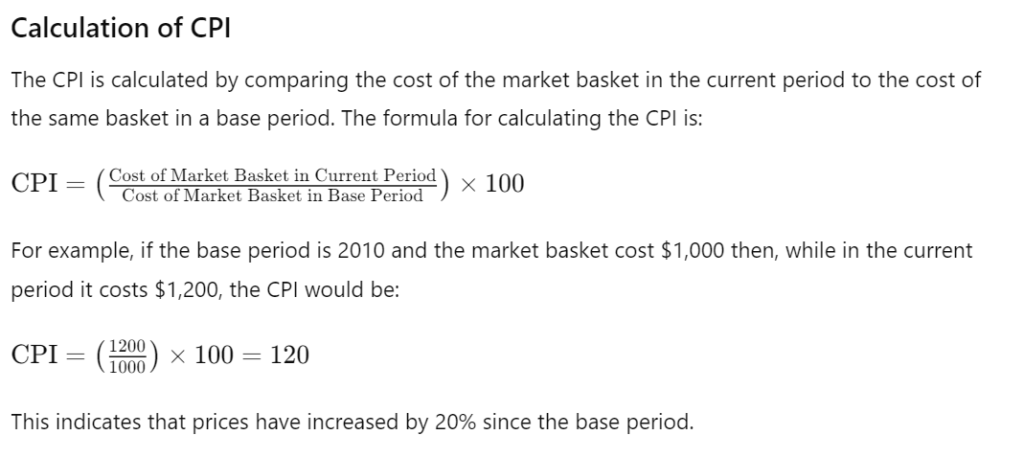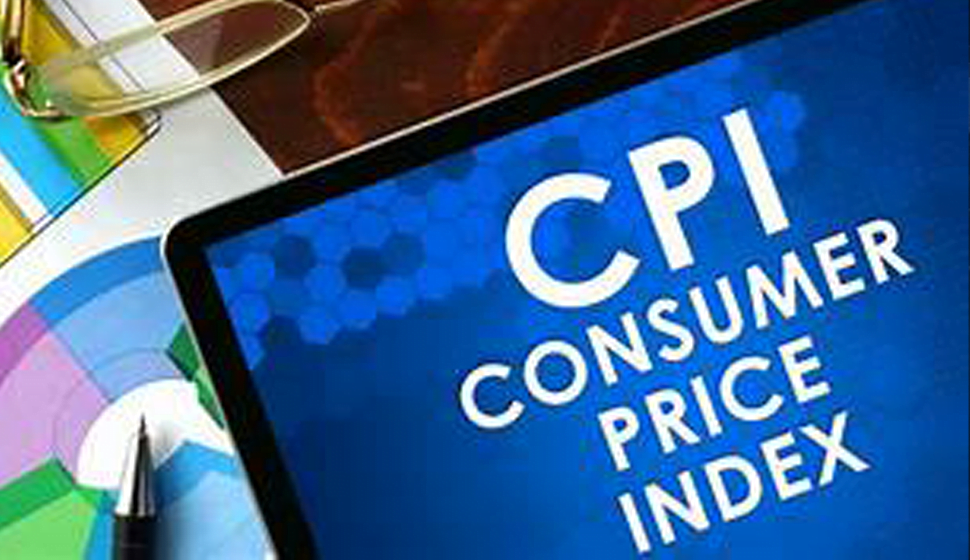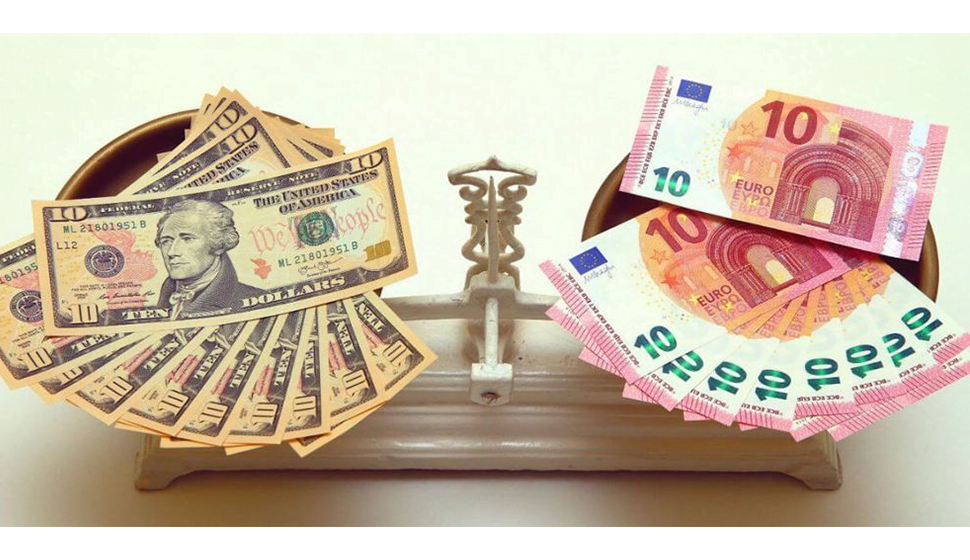Free 4 Methods of Consumer Price Index(CPI)
Consumer Price Index(CPI)
The Consumer Price Index (CPI) is one of the most critical economic indicators used to measure inflation and assess the cost of living. Compiled by statistical agencies, the CPI tracks the average change over time in the prices paid by urban consumers for a market basket of consumer goods and services. This measure is vital for policymakers, economists, and businesses as it influences economic policy, wage negotiations, and financial planning.
Understanding Consumer Price Index(CPI)
The CPI represents the prices of a fixed basket of goods and services purchased by typical urban consumers. The basket includes various categories such as food and beverages, housing, apparel, transportation, medical care, recreation, education, and communication. Each item in the basket is assigned a weight based on its importance or share in a typical consumer’s spending.


Types of Consumer Price Index:
Consumer Price Index for All Urban Consumers (CPI-U):
This version covers approximately 93% of the total U.S. population and is the most widely used measure.
CPI for Urban Wage Earners and Clerical Workers (CPI-W):
This version covers households of wage earners and clerical workers, representing about 29% of the U.S. population.
Core CPI:
This version excludes volatile items like food and energy prices, providing a clearer picture of long-term inflation trends.
Importance of Consumer Price Index(CPI)
Inflation Measurement:
CPI is a primary tool for measuring inflation, reflecting the average change in prices over time. Policymakers use CPI to adjust economic policies, interest rates, and inflation targets.
Cost of Living Adjustments (COLAs):
Many wage contracts, pensions, and government benefits are tied to the CPI. For example, Social Security benefits in the U.S. are adjusted annually based on CPI changes.
Economic Planning:
Businesses use CPI data to make decisions about pricing, wages, and investments. It helps in forecasting future costs and setting long-term strategies.
Policy Formulation:
Government agencies rely on CPI to formulate fiscal and monetary policies. Central banks, such as the Federal Reserve, use CPI trends to set interest rates and control money supply.
Tax Brackets:
In many countries, income tax brackets are adjusted based on CPI to prevent “bracket creep,” where inflation pushes taxpayers into higher income tax brackets.
Global Perspective on CPI
CPI is used worldwide to compare inflation rates between countries. International organizations like the International Monetary Fund (IMF) and the World Bank analyze CPI data to monitor global economic stability and development. Differences in CPI methodologies can exist between countries, but the fundamental goal of measuring price changes remains consistent.
CPI and Economic Indicators
CPI is closely watched alongside other economic indicators such as the Producer Price Index (PPI), Gross Domestic Product (GDP), and employment data. While CPI measures retail-level price changes, PPI tracks wholesale price changes, offering insights into potential future inflation trends. Together, these indicators provide a comprehensive view of an economy’s health and trajectory.
Case Study: CPI and the COVID-19 Pandemic
During the COVID-19 pandemic, CPI data provided crucial insights into the economic impact of lockdowns and supply chain disruptions. Initially, there was a drop in CPI as demand for goods and services plummeted. However, as economies began to recover, supply chain bottlenecks and increased consumer demand led to significant price increases in various sectors, causing CPI to rise sharply.
Limitations of CPI
While CPI is a valuable economic indicator, it has limitations. It may not accurately reflect the cost of living for all demographic groups, as spending patterns can vary significantly. Additionally, CPI does not account for changes in product quality or new product introductions. Substitution bias, where consumers switch to cheaper alternatives when prices rise, can also affect the accuracy of CPI.
Conclusion
The Consumer Price Index is an essential tool for measuring inflation and understanding the cost of living. By tracking changes in the prices of a market basket of goods and services, CPI provides critical insights for policymakers, businesses, and consumers. Despite its limitations, the CPI remains a cornerstone of economic analysis, influencing decisions that shape economies worldwide.



